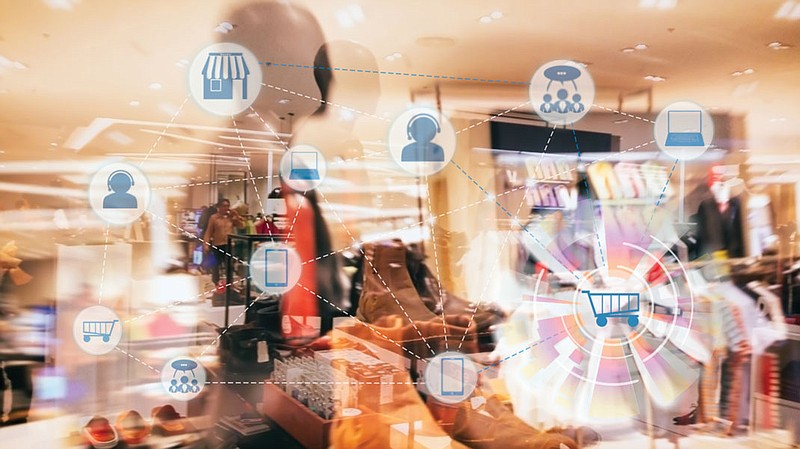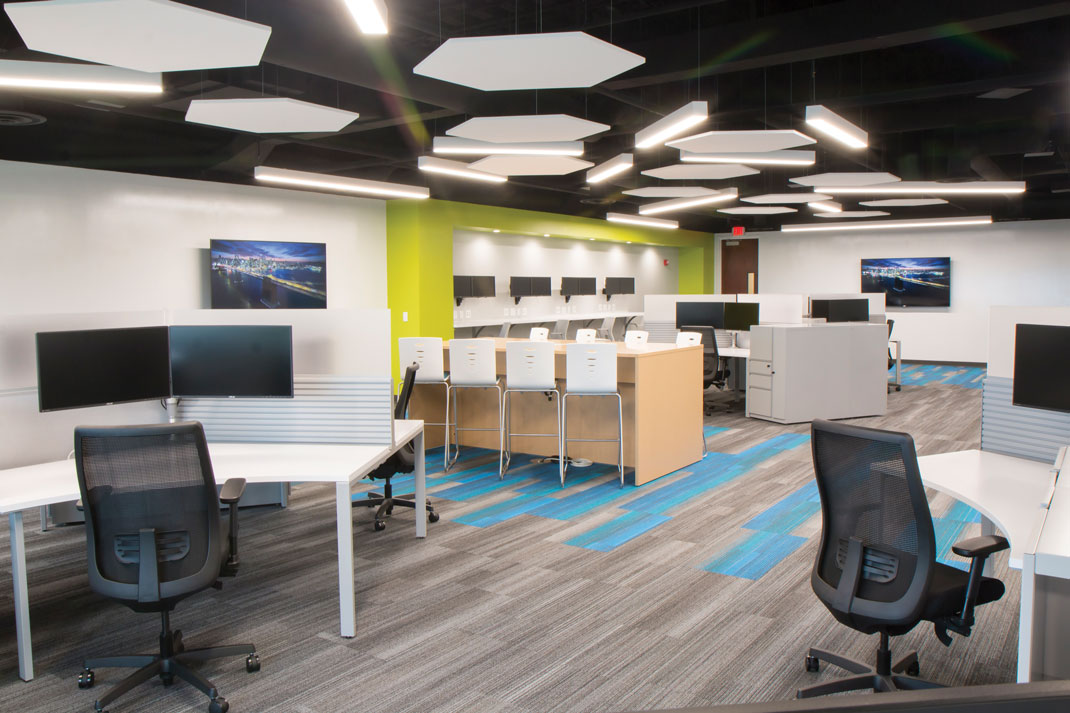From Amazon two-hour delivery to the closing of U.S. Toys "R" Us stores this summer, it's clear that the retail landscape and shopping center business is in the midst of a profound transformation. With change can come growing pains and challenges, and also incredible opportunity.
Technology is a broad term, but with its increasing integration into the retail landscape, technology is now one of the dominant driving forces behind this transformation. As the industry shifts, understanding the new paradigm that is today's customer journey is of paramount importance and nothing has impacted that journey more than technology.
Applications of technology in retail – including Artificial Intelligence, "smart" fitting rooms and robust consumer analytics – tend to generate the most buzz, but retailers aren't the only ones getting in the game. Property owners like CBL are also bringing new technologies to improve the customer experience as well as provide retail partners with enhanced information to create a better in-store experience.
Last year, CBL began a partnership with advanced analytics provider RetailNext to gain insights into the customer journey. This technology provides CBL with the same level of insight as traditional e-commerce platforms. Additionally, it provides valuable demographic information, traffic flow patterns, dwell times, loyalty data and more.
This information, combined with data and analytics available from in-center Wi-Fi, can help property owners answer questions like, "Is our tenant mix optimized to the highest level of efficiency?" or "Has the restaurant that just opened positively impacted traffic?" And of utmost importance, "What impact does a department store closure and redevelopment of that space have on overall center traffic, demographics and productivity?"
Until now, property owners have had to apply more art than science to answer these questions. The art side has its merits of course, but adding the scientific component begins to level the playing field with what e-commerce can provide.
Packaged correctly, this information can also be incredibly valuable to our retail partners. Retailers can track conversion in their stores, but until now did not have any insight into what was happening in the common area of the center. To help bridge this gap, CBL is working with a select group of retailers on a "Retailer Services" platform. This program includes extending in-center WiFi into a retailer's location as well as the sharing of data and information gleaned from technology partners like RetailNext.
As landlords pursue the next wave of expanding retailers, programs like this will become increasingly important. CBL is working with over 25 retail brands that started online but are now expanding into the physical channel. These digital natives, or e-commerce retailers, have always had a wealth of information available to them about their customers, and certainly their decision to expand into a particular market or center will be driven largely by data. We believe that the availability of this information – and CBL's willingness to enter into partnership arrangements to share it – is a key differentiator in an increasingly competitive retail environment.
Advancements in technology are not only helping to close the gap between brick-and-mortar retail and its online counterparts, but are leading to true partnership opportunities between property owners and their occupants, which ultimately leads to a more meaningful and unique customer experience. It's an exciting time in our business as shopping center owners and retailers evolve and work together to meet the demands of the modern consumer.

